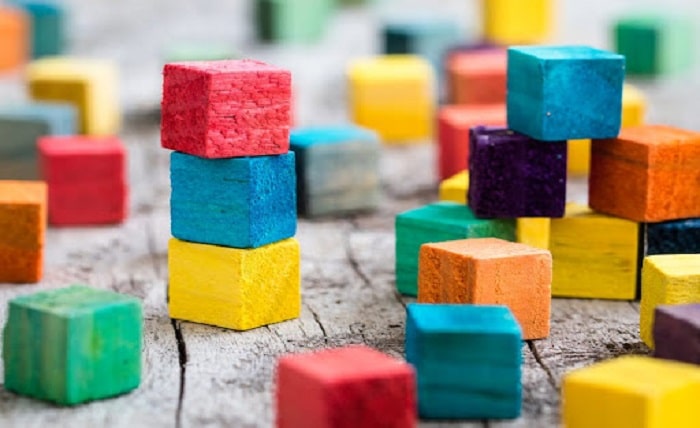The Nostalgic Comeback: How Classic Toys Are Making a Splash in the Digital Age

In an era dominated by screens and digital devices, it seems like we’ve come full circle when it comes to the world of toys. The unmistakable sound of wooden blocks clinking together, the joyous laughter as a child rolls the dice in a board game, and the imaginative scenarios created with dolls – these classic toys are not just relics of the past; they are making a triumphant return in today’s ever-evolving play landscape.
The Digital Detour
As parents and caregivers grapple with concerns over screen time and the impact of digital devices on children’s development, there’s a growing trend steering away from high-tech, flashy toys. In the midst of this digital detour, traditional toys are emerging as champions, offering not only entertainment but also a myriad of developmental benefits.
The Unplugged Advantage
Why are parents increasingly turning to traditional toys? The answer lies in the advantages of unplugged play. The simplicity of a wooden puzzle or the open-ended play provided by building blocks taps into a child’s creativity, fostering skills such as problem-solving, spatial awareness, and fine motor development.
Brands, such as the Danish Maileg Mice collection of products, are rising above a crowded digital marketplace purely because they evoke greater imagination in adults and children alike. The tactile nature of these toys engages the senses in a way that a screen cannot. It’s not just about play; it’s about the experience.
Educational Insights
Beyond the allure of nostalgia, there’s a substantial educational value attached to these classic playthings. Board games, for instance, teach children critical thinking, strategy, and social skills. Whether it’s counting spaces on a Snakes and Ladders board or negotiating trades in a game of Monopoly, traditional toys offer a hands-on approach to learning that complements formal education.
The Danish Maileg Mice collection, with its meticulously crafted characters and settings, exemplifies this educational facet. As children engage with these toys, they are not merely playing; they are learning about storytelling, empathy, and even elements of different cultures.
Toy Trends Rewind
The resurgence of traditional toys is not a random occurrence; it’s part of a cyclical pattern in toy trends. What was once deemed old-fashioned is now considered timeless. Parents who grew up with the joy of building forts with wooden blocks or creating make-believe worlds with dolls are now introducing their children to the same cherished experiences.
Walking down the toy aisle today feels like a stroll through the annals of time. Classic toys that adorned shelves decades ago are finding their way back into the hearts of a new generation. It’s a testament to the enduring appeal of toys that focus on the essence of play rather than flashy features.
DIY Toys: Crafting a Return to Hands-On Play

In addition to the revival of ready-made traditional toys, there’s a growing movement towards do-it-yourself (DIY) playthings. Parents and children alike are rediscovering the joy of crafting toys together. From simple paper dolls to intricate cardboard castles, the process of making toys becomes an activity that transcends the final product.
This return to hands-on play is a reaction to the overly commercialized nature of many modern toys. The Danish Maileg Mice collection, with its emphasis on handcrafted quality, aligns perfectly with this trend. It’s not just about what the toy is but the experience of creating and customizing, adding a personal touch to playtime.
A Return to Imagination
As we navigate the digital age, it’s reassuring to witness the return to unplugged play, where wooden blocks, dolls, and board games reign supreme. These classic toys are not relics of the past; they are the torchbearers of an enduring legacy – a reminder that, in the world of play, sometimes the simplest things bring the greatest joy.
So, the next time you hear the laughter of children playing with classic toys, remember, it’s not just the sound of play; it’s the symphony of imagination at its finest.



